MRI Symposium connects clinicians, technicians to explore innovation in dentistry
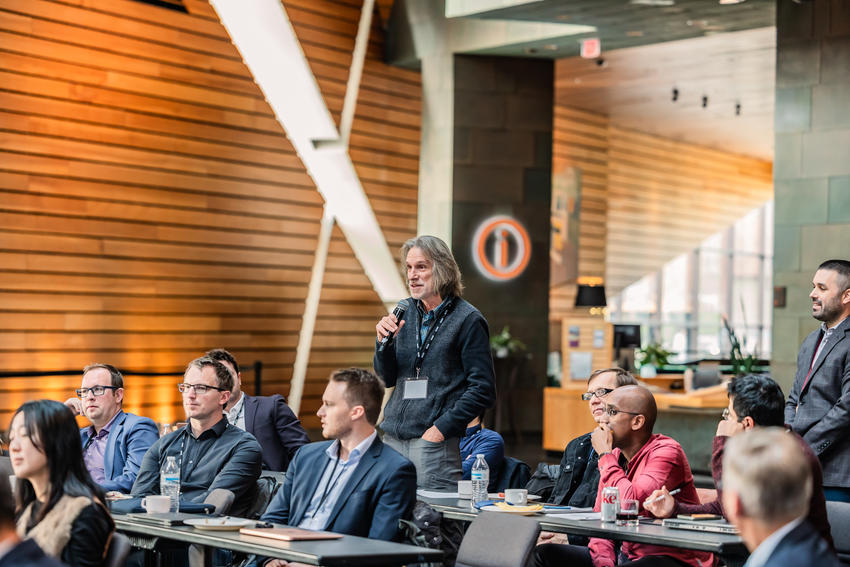
The School of Dentistry hosted the second Dental MRI Symposium on Thursday and Friday, November 2 and 3, 2023.
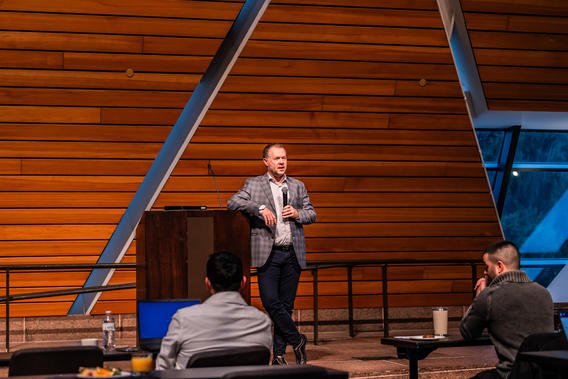
Hosted by Donald Nixdorf, DDS, MS, director of the Division of TMD and Orofacial Pain, the symposium brings together clinicians, technicians and researchers to explore the implementation of MRI technology in the oral health care field.
“The goal of this conference is to bring together people on the technician side of MRI and clinical experts to connect and interact,” Nixdorf said as he introduced the symposium. “We chose speakers with a variety of thoughts and approaches, so we can explore the various avenues of how to achieve our goal. We all bring our biases and viewpoints, and we can learn from one another.”
"As a dental student with limited experience with the dental applications of MRI, a symposium that boasted so many industry leaders was a head-first dive into the field rather than a subtle dip of the toe. All the speakers passionately demonstrated how beneficial dental-dedicated MRIs can be to the future of all orofacial diagnosis and treatment. MRI already offers many advantages over traditional imaging, but with further research and optimization the technology can benefit countless patients around the world."Austin Kottke, DDS '24
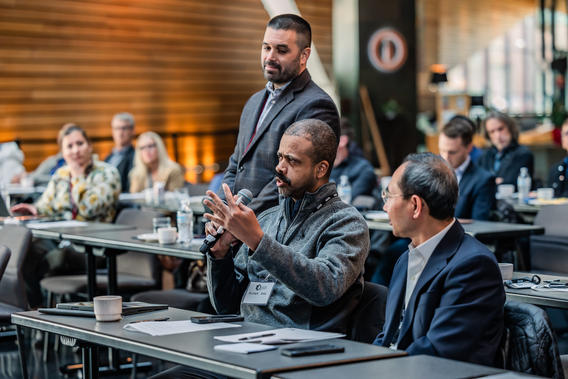
Dean Keith Mays, DDS, MS, PhD, shared his enthusiasm for the future of MRI technology in dentistry as he provided an introduction to the conference. “I’m glad that Dr. Nixdorf and his team have brought you together for a second time,” he said. “I hope you come away from this symposium with some great new ideas that advance dental MRI.”
The symposium began with the first keynote from Tim Hilgenfeld, Dr med, professor and lead of head and neck imaging at Heidelberg University.
“It’s unusual to be in an environment like this, where people are enthusiastic about MRI in dentistry,” he shared. “I’m excited to see that the dental MRI community is growing so fast.”

He shared his experience using a 3.0 Tesla model MRI scanner. While emphasizing its strengths and the opportunities MRI provides for diagnosis and care, he also emphasized the need for a variety of diagnostic methods.
“MRI can do a lot, but it can’t do everything,” he explained. “It will never replace the need for X-ray based imaging.”
"The symposium enlightened me about the extensive potential applications of MRI in dentistry beyond my current clinical use. I am motivated to integrate these applications, leveraging MRI's advantages like no radiation, comprehensive bone/soft tissue pathology visualization, and disease activity assessment. Additionally, the CMRR tour, particularly observing the 10.5T and 7.0T scanners and dental coils, was highly educational."YounJung Park, DDS, PhD - clinical assistant professor of oral and maxillofacial surgery, Yonsei University
Rubens Spin-Neto, PhD, MSc, professor of dentomaxillofacial radiology and imaging at Arhaus University, shared a keynote on using a 0.55 Tesla scanner as a dental-dedicated MRI. He emphasized the importance of a scanner that is dedicated to dentistry, rather than something that dentists could use with additional support.
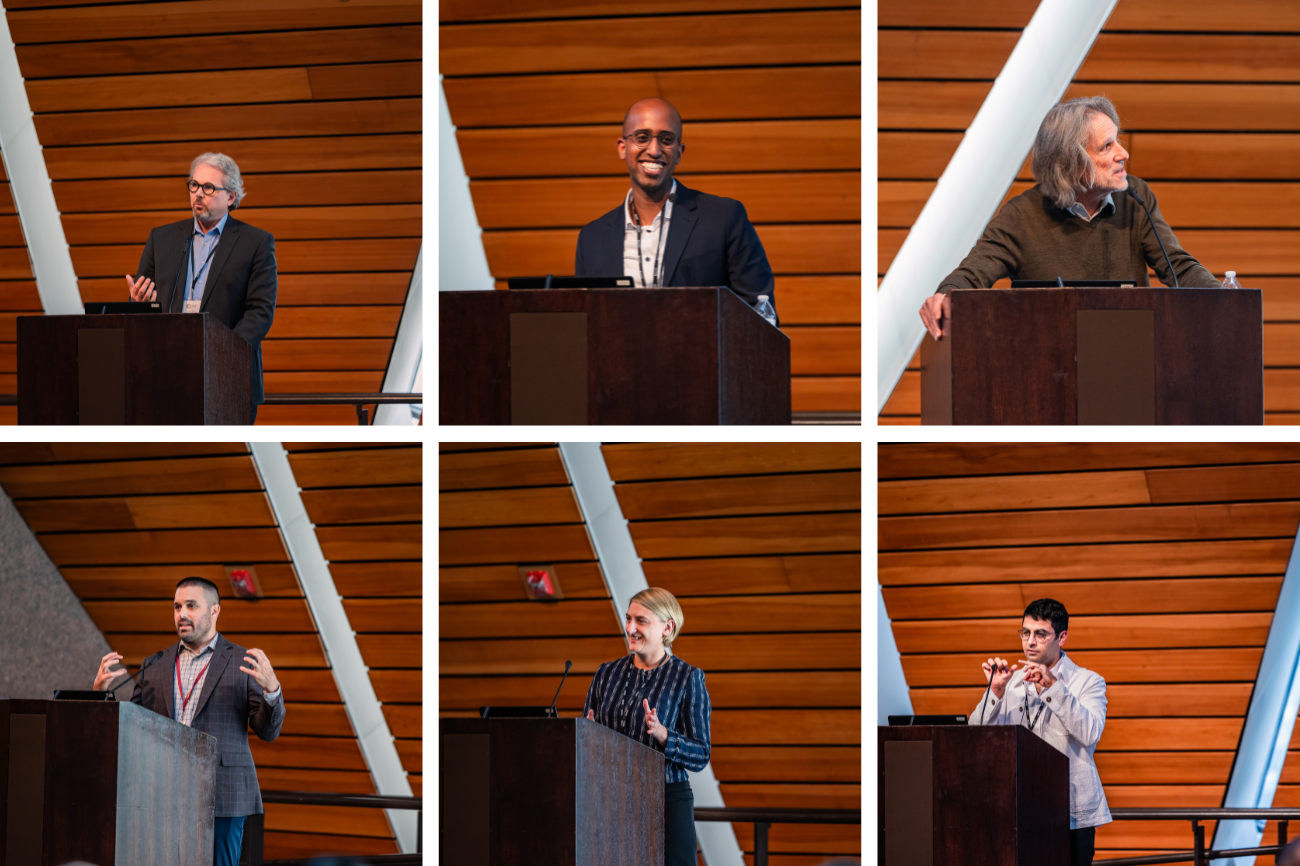
“MRI is certainly the future of dentistry, where we hope to be radiation-free,” he said. “So the question becomes, how can we fit an MRI into dentistry? As a dentist, I haven’t felt included in the discourse on MRI when it centers on large, 3.0 Tesla machines that require maintenance and a neuroradiologist to operate.”
Using the analogy of a home chef approaching a large-scale professional grill versus a travel grill, Spin-Neto introduced the 0.55 Tesla MRI as a convenient, compact scanner that fits within the oral health education space, “operated by and for dentists only.”
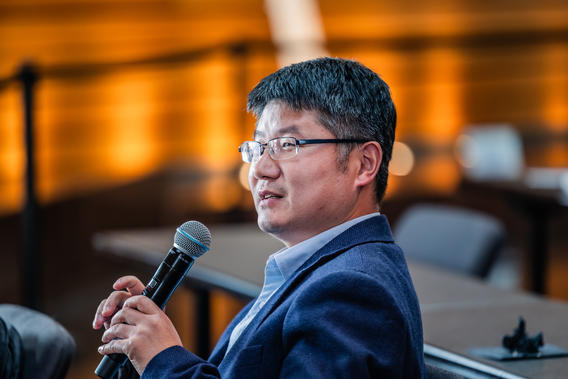
Laurence Gaalaas, DDS, MS, clinical associate professor of oral and maxillofacial radiology at the School of Dentistry, shared his perspective on radiology education and how the MRI fits into that journey.
“What I really want to discuss is how radiology helps patients, and how we can teach that,” he said. “Without that, we lose sight of the end goal of implementing new technologies like MRI. The goal is to help make the best treatment planning decisions, by using information acquired in an image format.”
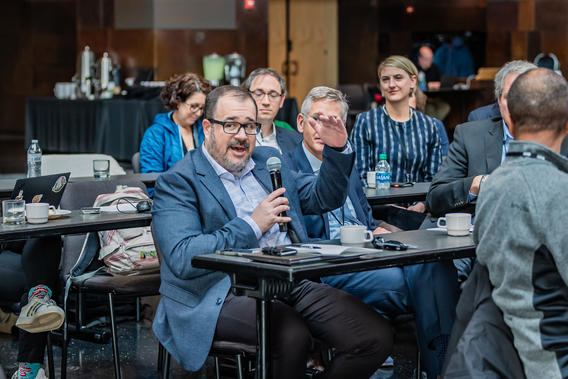
In order to illustrate his philosophy and vision for using various methods of radiology for education and patient care, Gaalaas reviewed cases and provided an educational exercise in how to use MRI to capture the temporomandibular joint.
On Friday, Ali Özen, Dr-ing, professor of radiology in the Department of Medical Physics at University of Freiburg, provided an overview of various designs of RF coils to create the best possible imaging and diagnostic tool for dental care. “RF coils are the only part of the MRI that actually touches the patient,” he noted.
"The 2nd Dental MRI Symposium has been a fantastic opportunity for exchange and relationship building. I perceived it as a multidisciplinary platform to advance the field of Dental MRI towards clinical utilization. In many aspects, I got inspired and could connect to clinical and technical people already involved in the topic. A particular highlight for me were the insights to the CMRR activities, fueling the new clinical field from MR methods side."
Andreas Greiser, Dr. rer. nat. - patent engineer, patent manager and strategic program manager, Siemens Healthcare GmbH
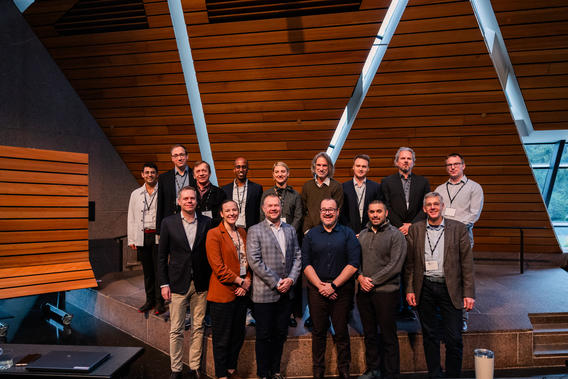
The conference also included lightning-round interactive presentations from Djaudat Idiyatullin, PhD, assistant professor in the Center for Magnetic Resonance Research; Florian Probst, MD, DMD, PhD, senior physician at the University of Munich; Beth Groenke, DDS, MS, researcher at the School of Dentistry; Andreas Greiser, PhD, patents manager at Siemens Healthineers; Nixdorf; Lars Lauer, Dr rer nat, vice president for strategy and innovation of magnetic resonance at Siemens Healthineers; Monika Probst, Dr med at Technische Universität München; Manuel Brückner, general product manager at NORAS MRI products GmbH; Agazi Tesfai, PhD, of the University of Freiburg; and Ben Parkinson, senior engineer at Victoria University of Wellington. Each presenter shared their own experience researching or using MRI for various aspects of oral health care.
Attendees also enjoyed networking opportunities and a tour of the Center for Magnetic Resonance Research.
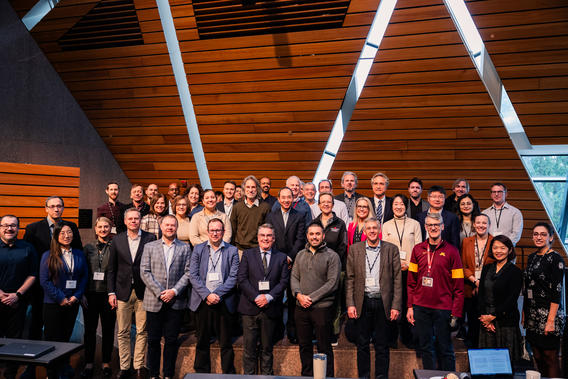
“I hope you had a great time at this conference, that you were able to make some connections and collaborations and that we’ll be able to see you in future years,” said Kristin Artinger, PhD, Associate Dean for Research and Discovery in her closing remarks. Sharing the school’s plans to implement a dental-dedicated MRI in the near future, she said, “We’re excited to not only stimulate great new research, but also give hope and treatment options for the future.”
"The symposium is an excellent platform that bridges the gap between the dental and MRI fields. With a diverse audience ranging from university researchers to radiology dentists and industry MRI manufacturers, it has indicated such a vast potential for dental MRI research and development, especially when combined with AGI. We look forward to collaborating to accelerate research and development and make this technology accessible to dental offices in the US and around the world."
Honghai Song, PhD - CEO and Founder, Canyon Magnet Energy Inc
Next year's conference will take place September 12-13, 2024.